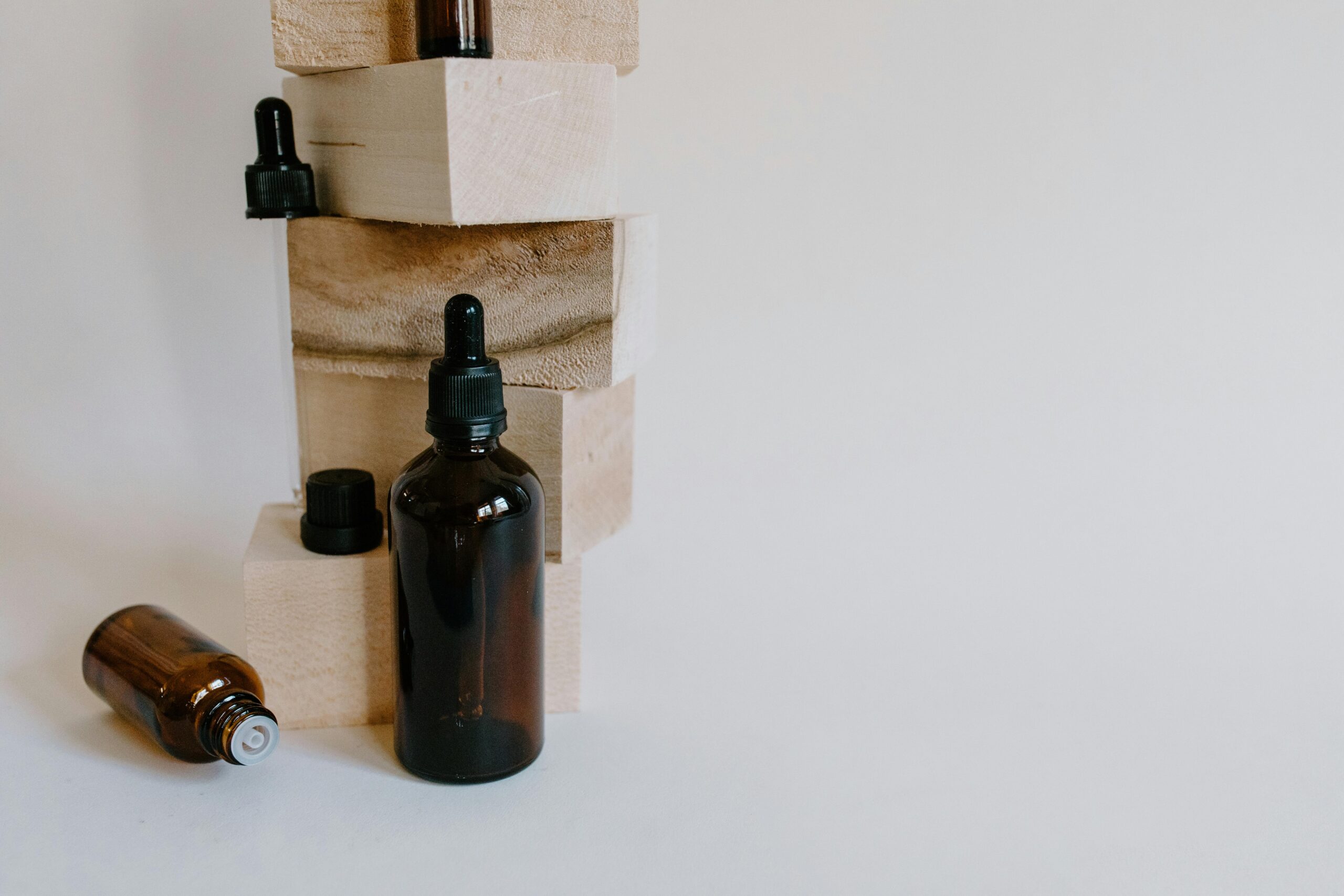
Most people like to make resolutions before the new year begins, then come January 31, it’s highly likely they have fallen by the wayside, especially if they are action items that are difficult to sustain. Given we are entering the third year of a global pandemic, self care and staying healthy is more important than ever.
However, actually setting a resolution is often easier said than done. There are so many different aspects of health and wellness you can build a resolution around that it can be hard to choose a place to start. It doesn’t have to be difficult, though — here are eight new year’s health resolutions you can set for yourself that we too are planning to implement in our lives. Additionally, you can download all the resolution printables listed in this article, and more to make keeping track of your goals simple.
1. Find Your Version of Self Care
While we knew it was important before, we all truly understood how important self-care is in the last two years. Making some time for yourself out of your busy schedule that is reserved for doing what you enjoy is incredibly important to ensure you’re taking care of yourself and your needs, especially if you’ve been feeling burnt out or anxious lately.
If you don’t have a self-care routine or activity, challenge yourself to find one this year. Keep in mind that this looks different to everyone, so don’t be afraid to experiment to find what works for you. This could be yoga, reading before bed, getting a massage, or face masks in the bathtub — whatever helps you feel relaxed and pampered.
2. Put Yourself (and Your Health) First
An easy health resolution you can make on January 1 is simply to prioritize your health. There’s no better way to do that than planning your doctor’s appointments in advance so you can avoid last-minute scheduling and get ahead of any potential health issues you may not be aware of. Planning your visits to the OB-GYN, dentist, and PCP may not be the most exciting thing in the world, but doing so helps you ensure you’re putting your health first.
If you struggle with remembering dates, or simply want to make planning your appointments a little more fun, use these yearly health appointment stickers to stay ahead of appointment planning. These help track when and where your appointment is so all you have to worry about is getting there on time.

3. Schedule Outside Time Each Day
Spending some time outside each day is an easy resolution to make, and an even easier one to keep. Being outside is not only helpful for shaking up your routine, but can have significant benefits for your mental, physical, and emotional health.
Getting out can look like whatever works best for you — a long hike on a weekend morning, a quick walk around the block as part of a mindful morning routine, or sitting on your patio to enjoy your morning cup of coffee, or something in between.
4. Be Nice to Yourself
After spending more time alone with ourselves than we would have liked over the past two years, you may have noticed that you may not always be as kind to yourself as you would like. To help improve your confidence and change the inner critic in your head to an inner cheerleader, challenge yourself to be kinder to yourself through positive affirmations and mantras.
This means repeating kind, affirmational words to yourself, like:
- I am kind and a good friend.
- I am beautiful inside and out.
- I love myself the way I am.
You can do this through repeating affirmations in the mirror, writing them in a gratitude journal, or putting them somewhere you’ll see each day with this mindfulness mantras printable. Stick these kind, uplifting words in areas you see each day — like your bathroom mirror, your car, or on your work computer — to ensure you’re seeing only kind, uplifting things on a regular basis.

5. Drink More Water
If you want to start small with a healthy resolution, try challenging yourself to drink more water. If this is something you’ve historically struggled with in the past, try making drinking water more fun, like through:
- Trying an infused water recipe (like cucumber and lemon) to add some flavor without taking away the nutritional value.
- Buying a fun, reusable water bottle to keep near you to remind you to drink more.
- Challenging yourself with a water intake tracker to see how much water you can drink in a day, per CDC recommendations for both men and women.
6. Create a Nightly Routine That Helps You Sleep
We all know the effects that a poor night’s sleep can have on your day. Approximately 70 million Americans suffer from chronic sleep problems — so if you’re not getting the recommended seven to nine hours of sleep each night, consider finding ways to improve your quality and quantity of sleep.
Stress is one of the main culprits that can inhibit our ability to unwind at the end of each day and ease into a restful sleep. Finding ways to make a nightly routine that reduces your stress at night can improve your sleep quality. Find what nighttime stress-relievers you can incorporate into your nightly routine, such as yoga, deep breathing exercises, a warm bath, aromatherapy, or unplugging from electronics.
If you still find yourself experiencing feelings of stress at night, preventing you from getting a good night’s sleep, consider taking an at-home sleep and stress lab test that measures hormones related to stress (cortisol and cortisone) and sleep (melatonin).

7. Move Your Body for 30 Minutes, 3 Days a Week
With more and more people making the switch to remote work and spending more time overall at home due to COVID-19, it can be easy to skip movement for the day. Staying active can boost your energy levels, improve your mood, control your weight, and promote better sleep.
Aim for 30 minutes of aerobic activity at least three days per week. If you’re strapped for time, you can break it up throughout the day. If you’re strapped for time, you can break it up throughout the day. For example, get your heart rate up for 10 minutes before work, 10 minutes during your lunch break, and 10 minutes after work. This can look like any activity that you enjoy and gets your heart pumping — like a lunchtime walk, stretches during a cameras-off meeting, or yoga before bed.
8. Organize Your Home
Out with the old and in with the new year! A common resolution is to clean and organize, and it’s no wonder why it’s so popular — living in a clean, organized, and inspiring space can help you live and feel better throughout the year. Clearing out unused items within your space is a great place to start, or by making it a goal to declutter and reorganize one space in your home each week. Decluttering can help ease anxious feelings and cultivate a happy and healthy environment.
Once you’ve identified what health resolutions you’d like to focus on over the past year, the hard part is making them stick. To keep yourself accountable and stay on track to meet your resolution by December 31, use this printable resolution goal tracker to keep all of your resolutions in one place. This helps give you a point of reference as to what your goals are and what is (and isn’t) working to achieve them.
Keep in mind that new year’s resolutions aren’t there to guilt you or make you feel unaccomplished throughout the year. Resolutions are small ways you choose to better yourself so that by the time December 31 rolls around, you can look back at the past year and see how much you’ve accomplished. Check out additional health resolutions you can consider making your own from Everlywell, or download all the resolution printables listed above (and more).

















